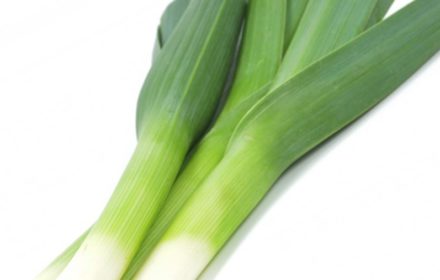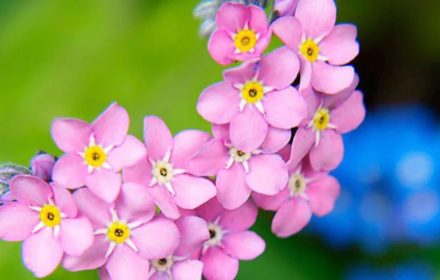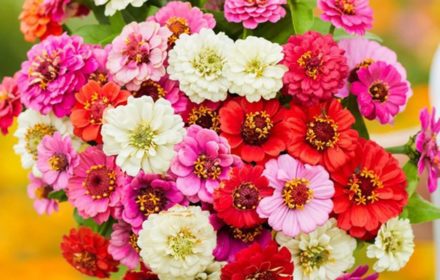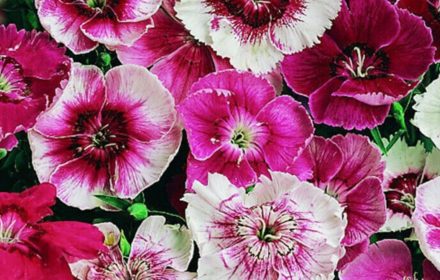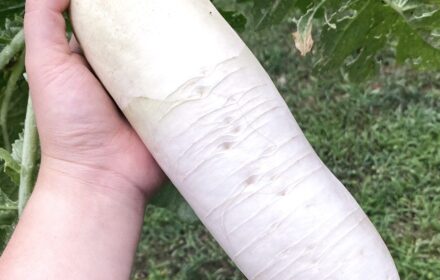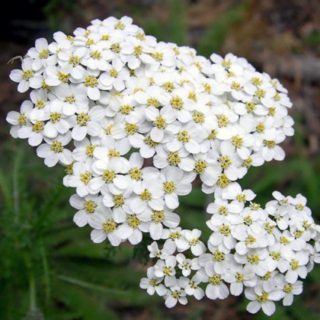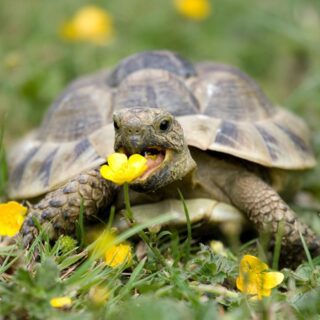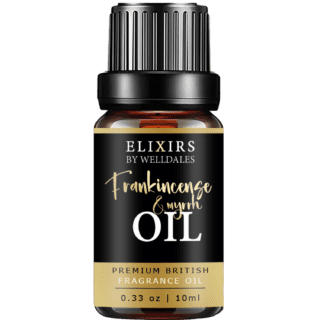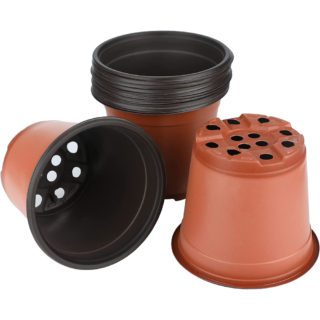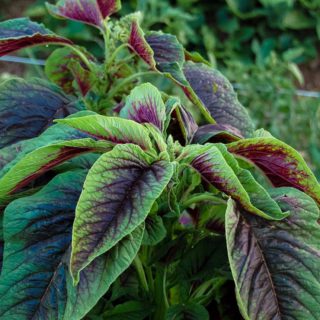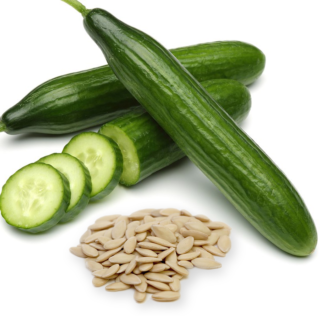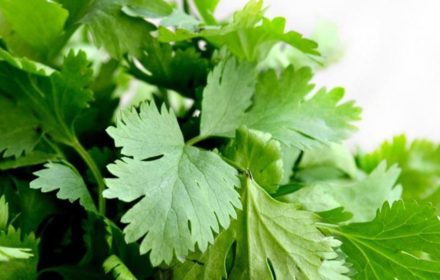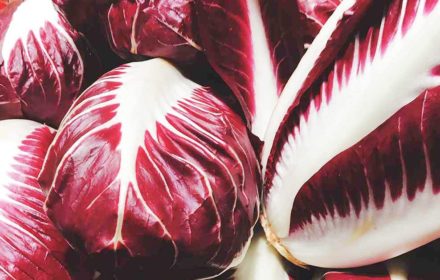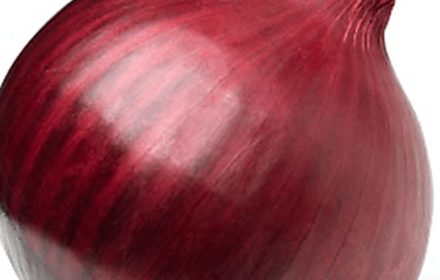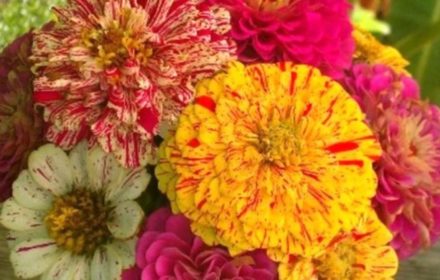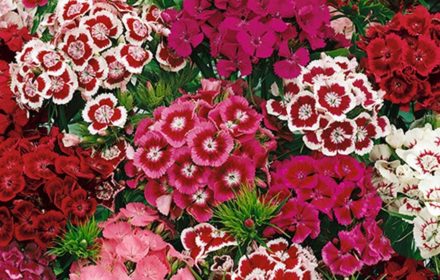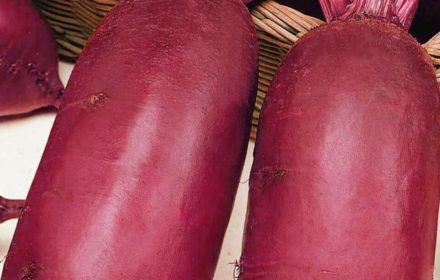Growing Green Creeping Thyme from Seed in the UK
Green Creeping Thyme, known for its low-growing, spreading habit, is a perfect addition to any herb garden. Its attractive grey-green leaves and delicate pink flowers not only enhance your garden’s visual appeal but also serve as a versatile herb in the kitchen. Ideal for edging, ground cover, or rock gardens, thyme is highly aromatic and can be used fresh or dried in a variety of dishes such as stuffing, soups, and sauces. This guide will provide all the essential steps to successfully grow Green Creeping Thyme from seed in the UK.
When and Where to Sow Green Creeping Thyme Seeds
- Indoor Sowing: Start sowing seeds indoors around 8 weeks before the last expected frost (typically February to March in the UK). Using pots or seed trays filled with a fine seed compost, sow the seeds sparingly on the surface and barely cover them with compost. Thyme seeds are tiny and benefit from exposure to light for better germination.
- Outdoor Sowing: Once the danger of frost has passed (around May), you can sow thyme seeds directly outdoors. This method works best in mild UK regions or where winters are less severe.
Ideal Growing Conditions for Green Creeping Thyme
- Soil Requirements: Thyme thrives in well-drained, slightly alkaline soil (pH 6.0-7.0). Before sowing, improve your soil by adding organic matter such as compost to ensure healthy growth. Thyme is particularly suited for rock gardens or areas with poor soil due to its drought tolerance.
- Sunlight: Plant thyme in full sun for best results, although it can tolerate partial shade. It grows best in sunny spots like garden borders, containers, or even in greenhouses.
- Temperature: The ideal germination temperature is between 15-23°C. Ensure a consistent temperature by placing your seed trays in a warm, sunny location, such as a windowsill.
Planting and Care Instructions
- Transplanting: When the seedlings are large enough to handle (usually when they have a few sets of leaves), transplant them outdoors with about 15 cm (6 inches) spacing between plants. This spacing allows enough room for the thyme to spread and develop into its creeping form.
- Watering: Thyme prefers slightly dry conditions. Water sparingly, ensuring the soil remains well-drained, as thyme dislikes soggy roots. Once established, thyme is drought-tolerant and requires minimal watering.
- Pruning: Trim leggy stems to encourage creeping side shoots, which will enhance the plant’s bushy, ground-covering appearance. Regular pruning also improves air circulation, reducing the risk of fungal diseases.
Harvesting Green Creeping Thyme
- Harvesting Time: You can begin harvesting thyme leaves in small quantities throughout the summer, but for optimal flavour, harvest just before the plant starts to flower.
- Fresh Use: Fresh thyme can be used immediately in cooking. The leaves are highly aromatic and can be added to a wide variety of dishes, from marinades to stews.
- Drying Thyme: To dry thyme, cut stems just as the flowers start to open. Hang the stems in small bunches in a well-ventilated, dry space. Once fully dried, strip the leaves and store them in an airtight container for use throughout the year.
- First-Year Harvest: Harvest sparingly during the first year to allow the plants to establish a strong root system. This will ensure healthier, more productive plants in the following years.
Common Questions About Growing Green Creeping Thyme
- Can thyme be grown in pots? Yes, thyme thrives in pots and containers. Ensure that the pot has good drainage and is placed in a sunny location for the best growth.
- How long does it take thyme seeds to germinate? Thyme seeds usually germinate within 14-28 days, depending on the temperature and light conditions.
- Is thyme a perennial herb in the UK? Yes, thyme is a hardy perennial that will come back year after year if given proper care. It can survive mild UK winters, especially in sheltered or well-drained areas.
By following these steps, you can successfully grow Green Creeping Thyme in the UK, providing a fragrant and versatile herb for both culinary and medicinal use. Whether you grow it in a container, greenhouse, or outdoor herb garden, this perennial plant will add both beauty and functionality to your garden space.


